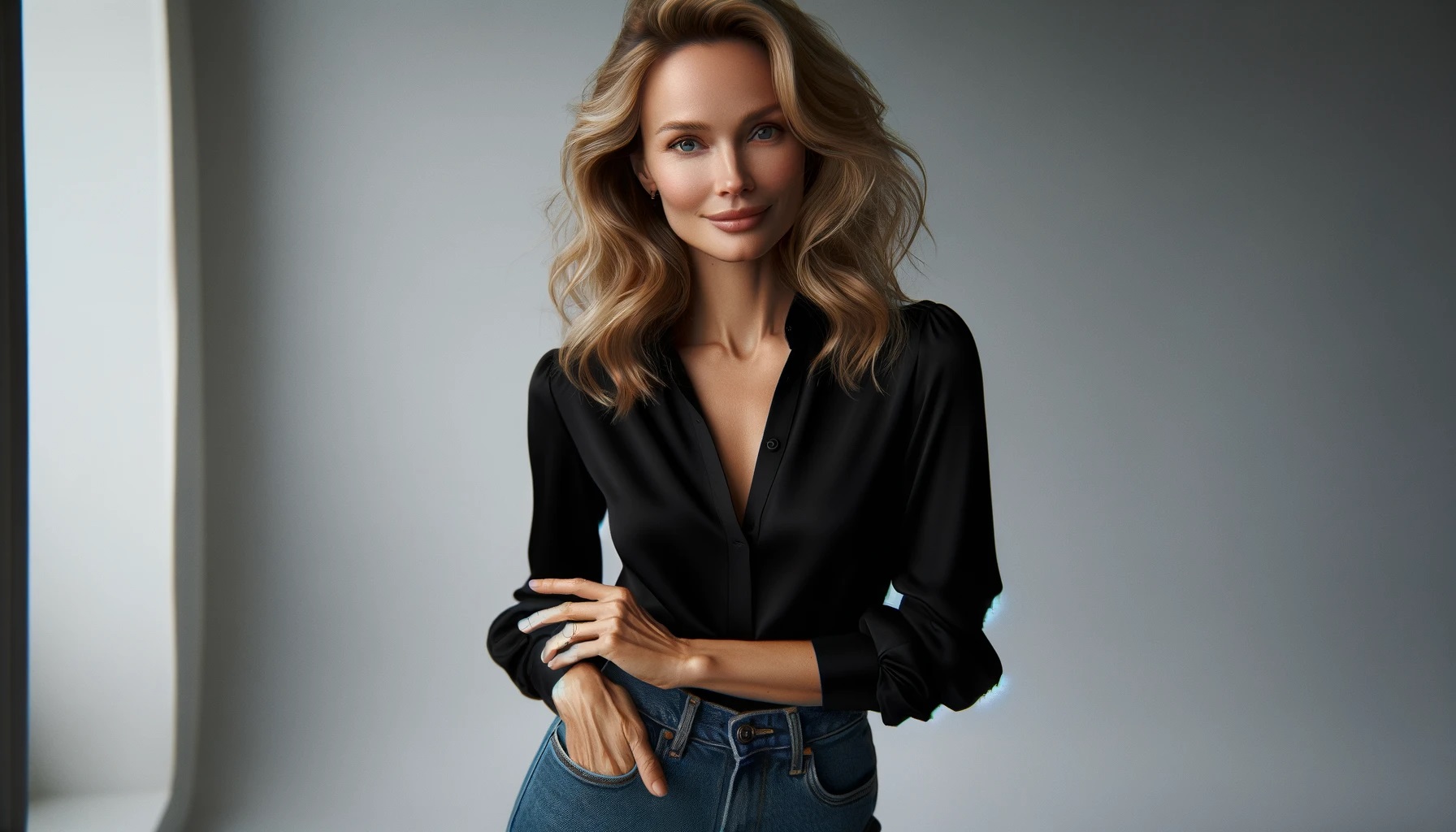Viscose rayon, a regenerated cellulosic fiber, has garnered significant attention in the textile industry for its unique blend of properties that make it a versatile choice. From fashion to home textiles, viscose rayon offers qualities that rival natural fibers like cotton in some cases, with additional benefits. In this exploration, we’ll delve into the nuances of viscose rayon fibers and their impact on modern textiles.
The Nature of Viscose Rayon Fibers
Variety in Form and Luster
Viscose rayon fibers come in two forms: continuous filament and short staple fibers, typically measuring 35-40 mm in length. The fibers are available in both bright and dull lusters, catering to diverse aesthetic preferences and applications in the textile industry.
Strength and Elasticity
The tenacity of conditioned viscose fibers ranges from 18-30 g/tex, with brands like Lenzing offering a tenacity of 23-25 g/tex. Viscose fibers exhibit an elongation at break of 17-25%, with wet fibers slightly more elastic than dry ones. This balance of strength and flexibility makes viscose a durable yet comfortable choice.
Moisture Management
Viscose fibers have a moisture regain of 11-16%, higher than cotton’s 8.5%. This property makes viscose fabrics highly absorbent, ideal for garments that need to manage water or perspiration effectively. However, unlike cotton, viscose does not dry quickly, a factor to consider in certain applications.
Resilience and Maintenance
Like cotton, viscose fabrics are prone to creasing and may shrink upon washing. In wet form, their tenacity can decrease by up to 70%, a consideration for care and usage. The smooth surface of viscose fibers makes them less likely to attract soil compared to cotton, simplifying maintenance.
Dyeability and Chemical Resistance
Viscose fibers boast excellent dyeability, often surpassing cotton, allowing for vibrant and varied coloration in fabrics. While they resist damage from weak alkalis and oxidizing agents, exposure to weak acids or strong alkaline/oxidizing solutions can cause harm.
Environmental Considerations
In humid conditions, viscose fibers can suffer from mildew damage, similar to cotton, but are not prone to moth attacks. Prolonged sunlight exposure may weaken viscose fabrics. Notably, like cotton, viscose fibers are highly flammable, with a LOI (Limiting Oxygen Index) of 18.
Summary
In summary, viscose rayon fibers offer a unique combination of properties that make them a versatile option in textiles. Their variety in form, strength, moisture management, and dyeability, alongside their environmental considerations, position viscose rayon as a compelling choice for a wide range of textile applications.



